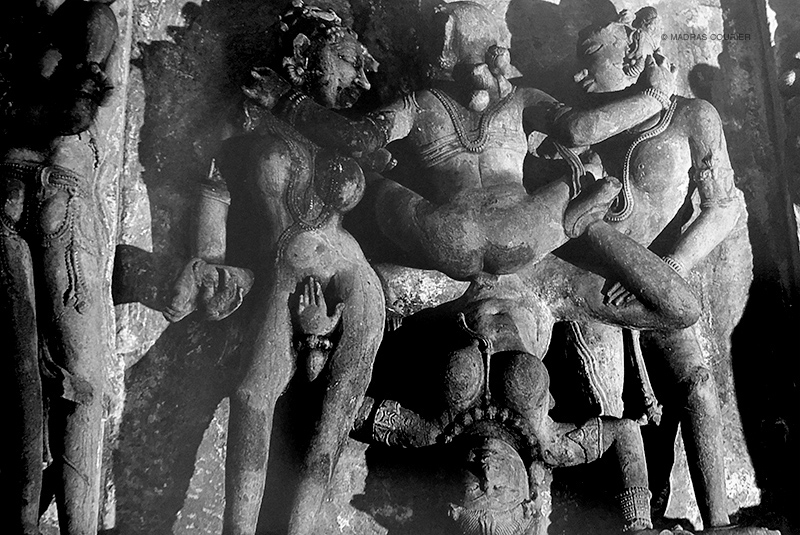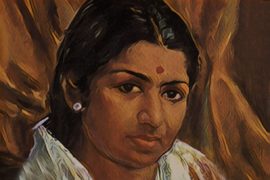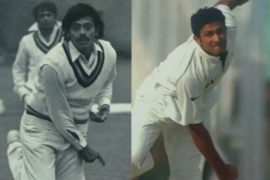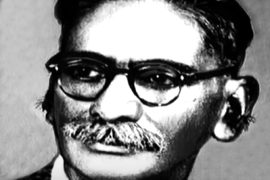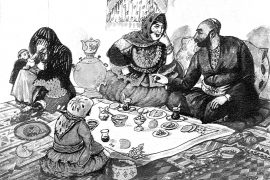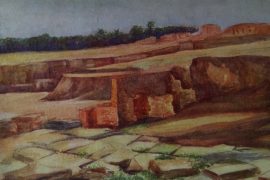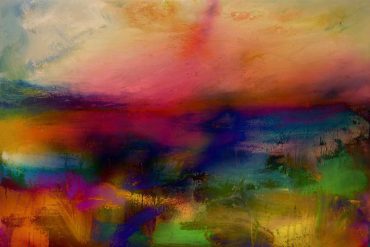Seventeen years into the 21st century, and we are just beginning to encrypt our messages. Since the dawn of writing, our private messages have been at risk of interception. Today, we are entering an age where everyday messages follow some form of encryption.
So, it’s curious that if you wanted a lesson in encryption in ancient India, you could have gotten one from a fourth-century B.C. temple dancer.
The Devadasis, or temple dancers, were historically known to be promiscuous. The Kama Sutra details many passages describing how their conduct should be, how they should flirt and be flirted with. But in a list of the 64 essential skills for a cultured person to have (not a bad listicle topic for 400 B.C.), the author Vatsayana includes Mlecchita Vikalpa.
The art of understanding writing in cipher, and the writing of words in a peculiar way.
Devadasis could not always keep their lovers openly, and so needed a form of private communication. Vatsayana did not describe the techniques in his Kama Sutra, but it is evident that cryptography was put to practice at the time. Written only a few centuries later or in the same time period, Kautilya’s Arthashastra also mentioned the presence of cryptographic techniques amongst the people. It was only in the 13th century A.D., that Yashodhara elaborated on these seemingly well-known techniques in his commentary on the Kama Sutra. Some of the known ancient Indian ciphers are below:
-30-
Copyright©Madras Courier, All Rights Reserved. You may share using our article tools. Please don't cut articles from madrascourier.com and redistribute by email, post to the web, mobile phone or social media.Please send in your feed back and comments to editor@madrascourier.com

